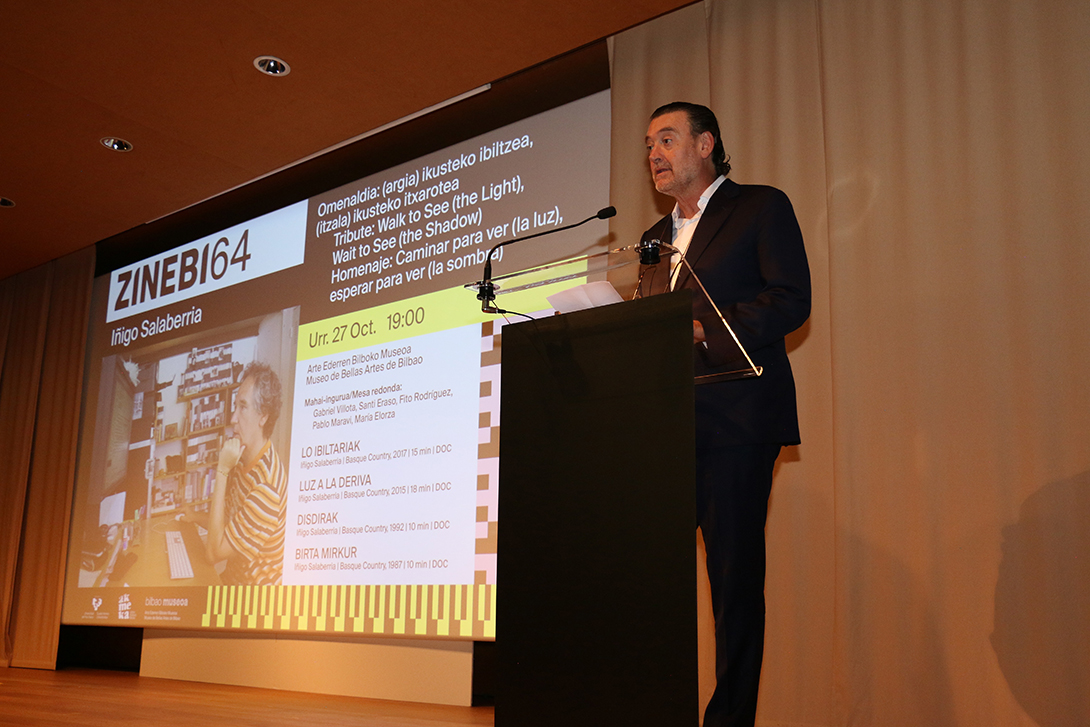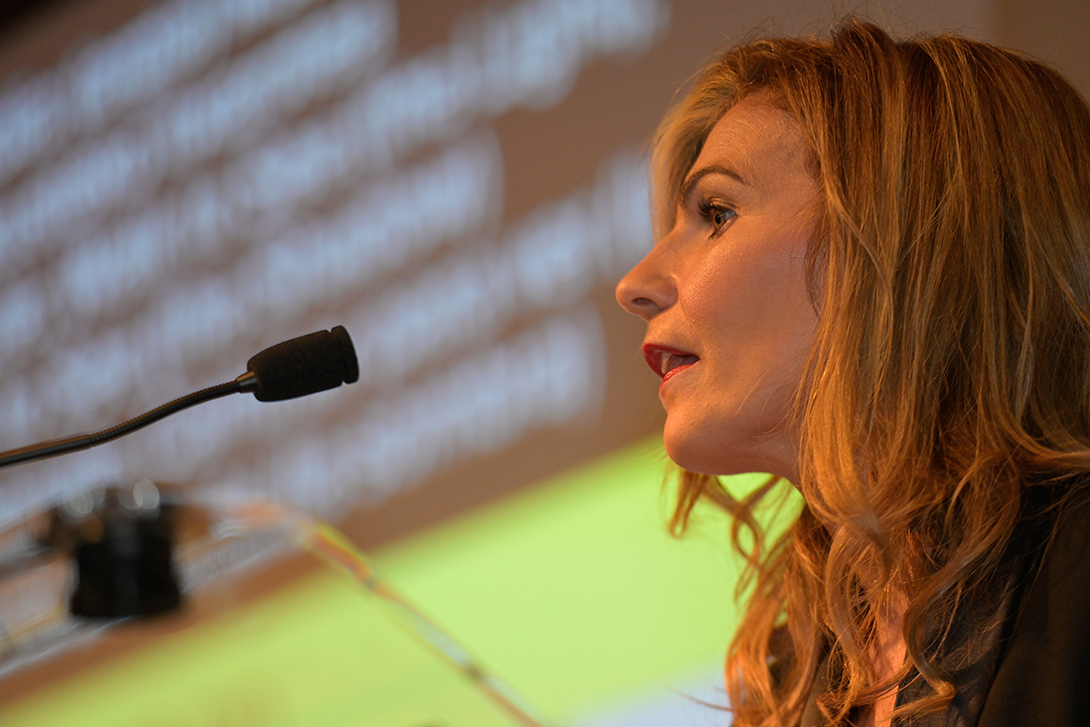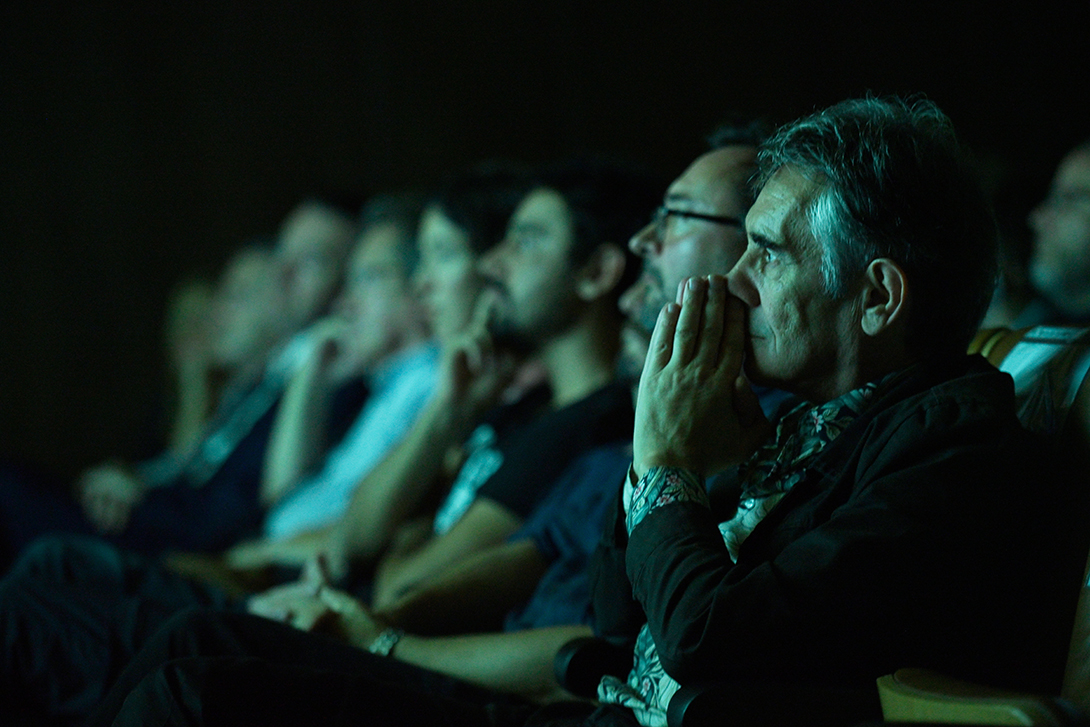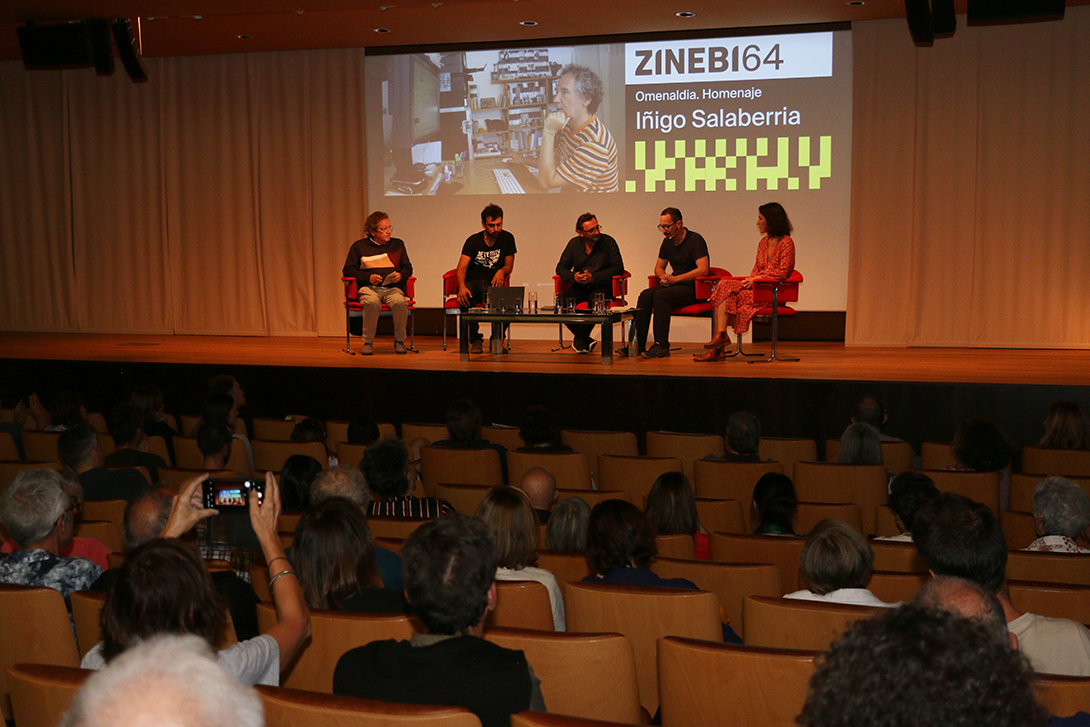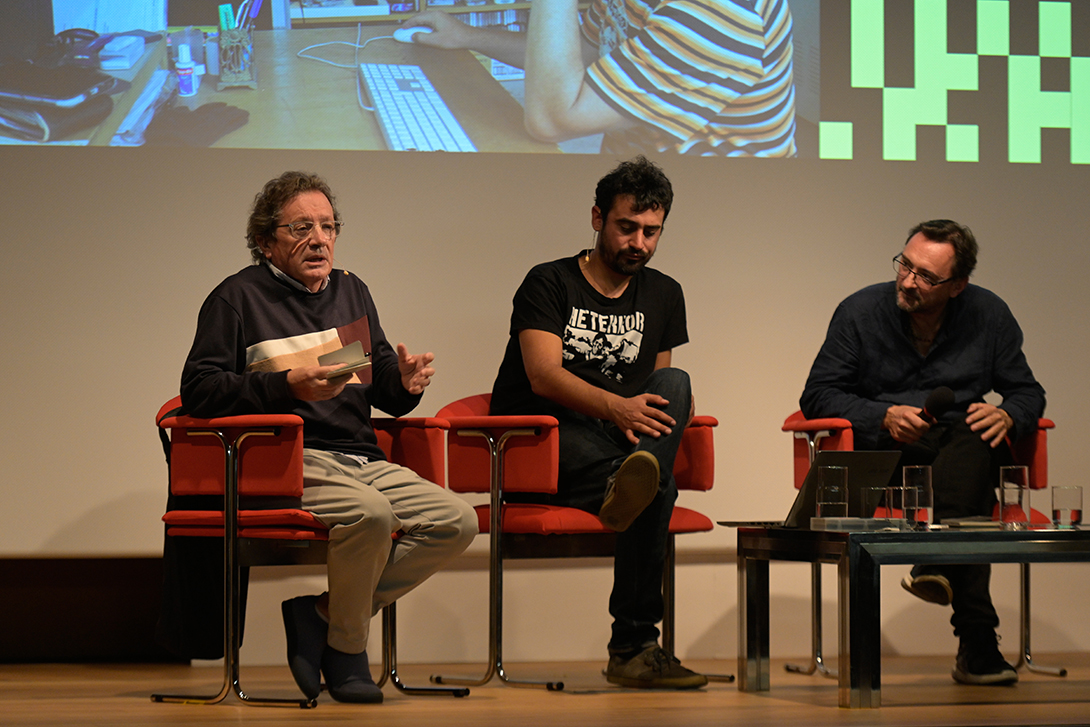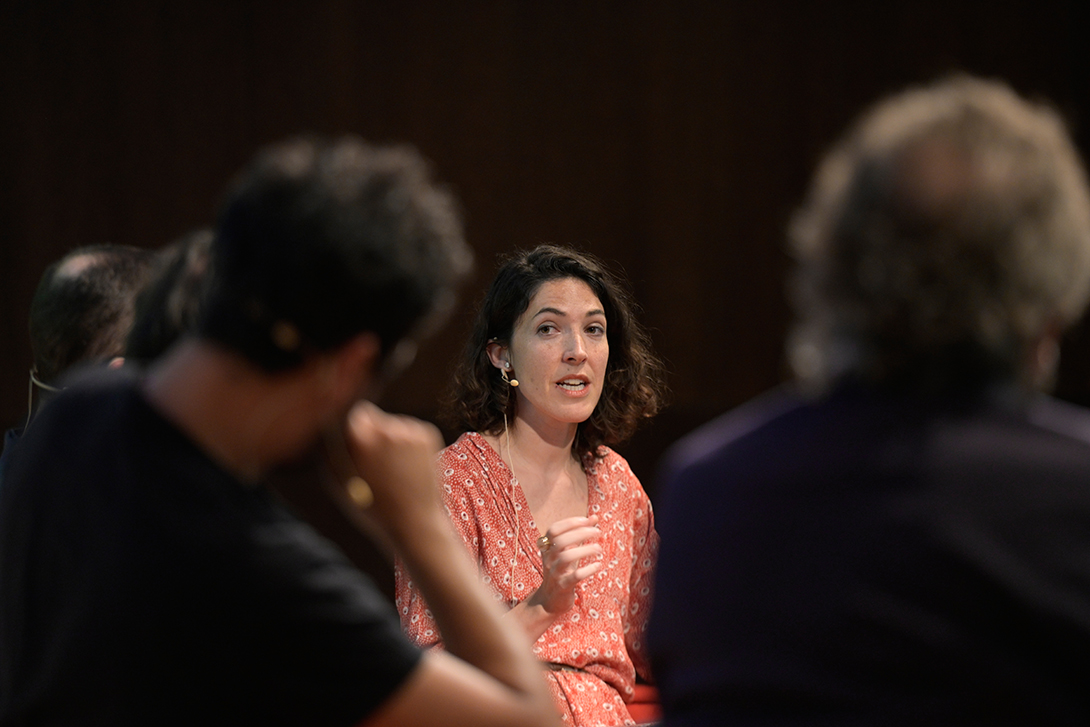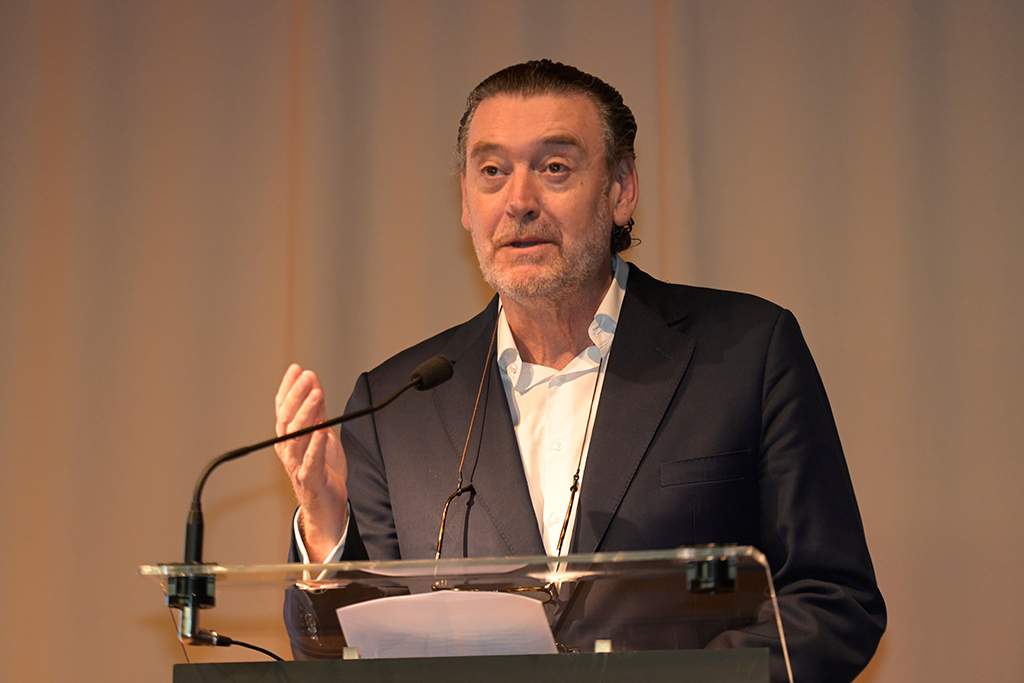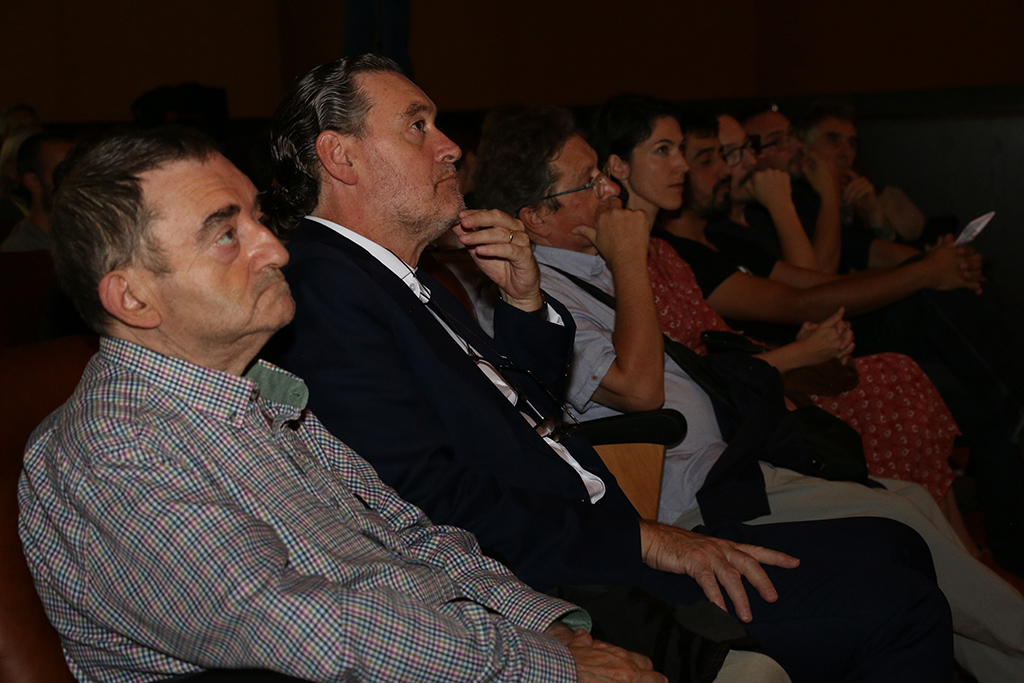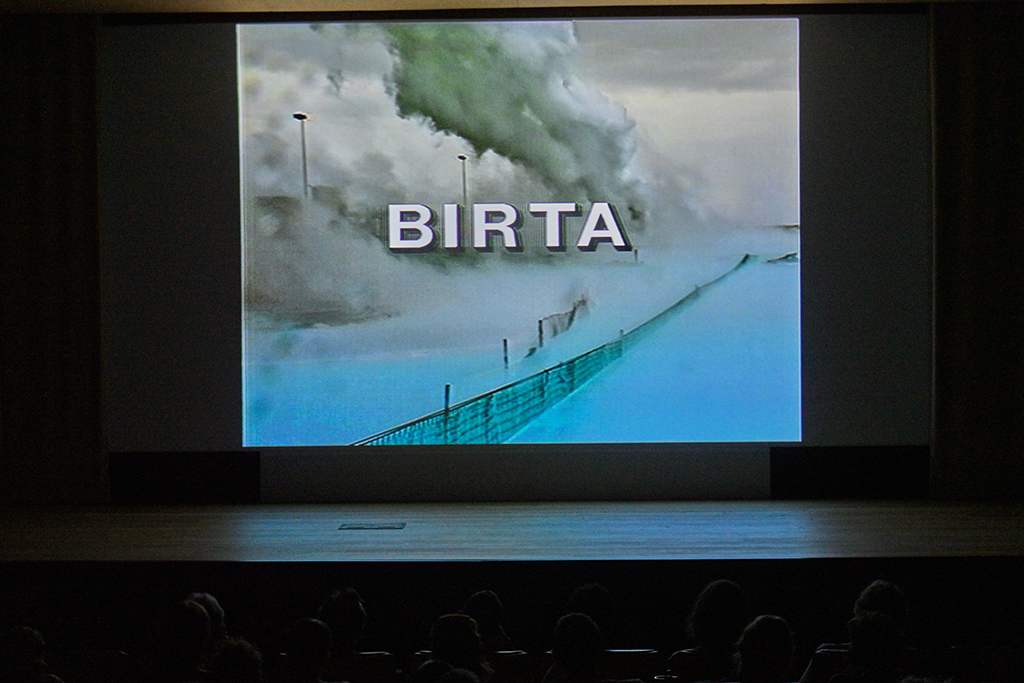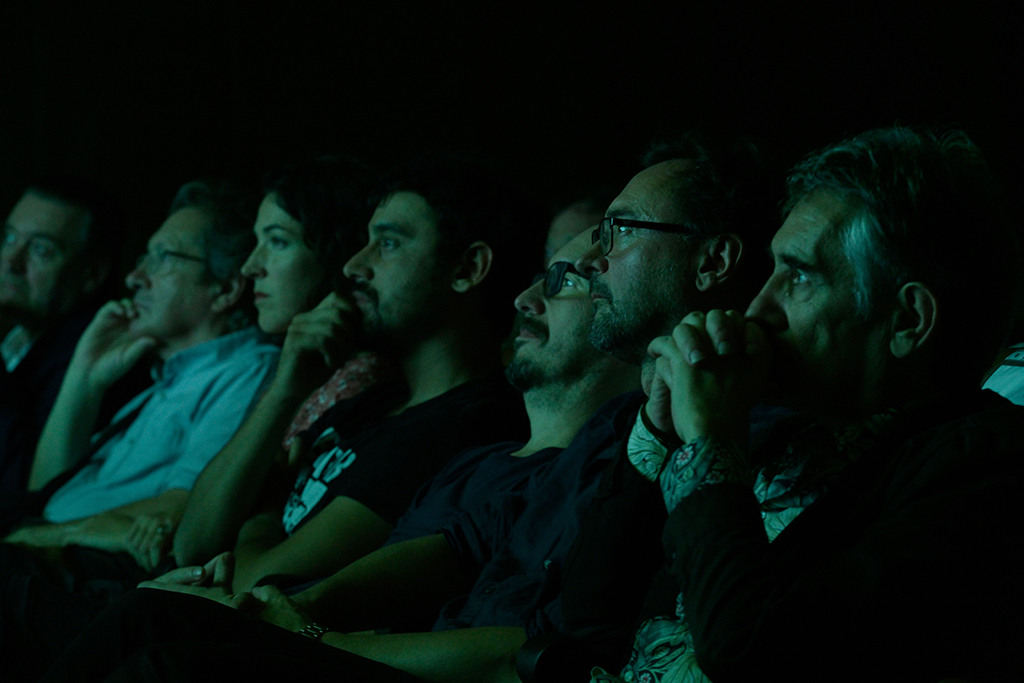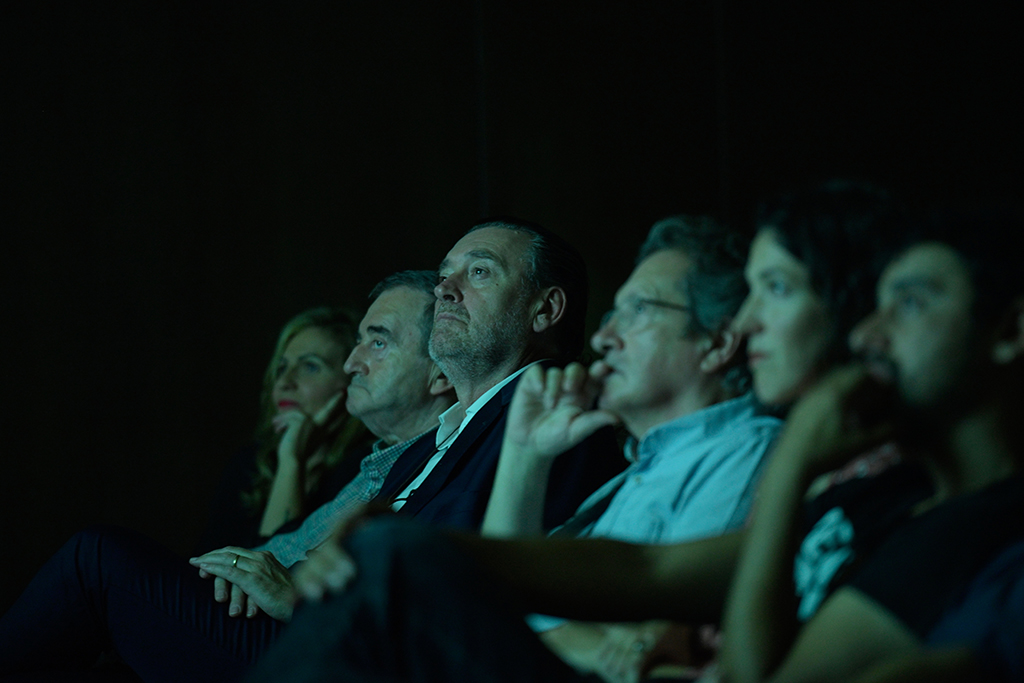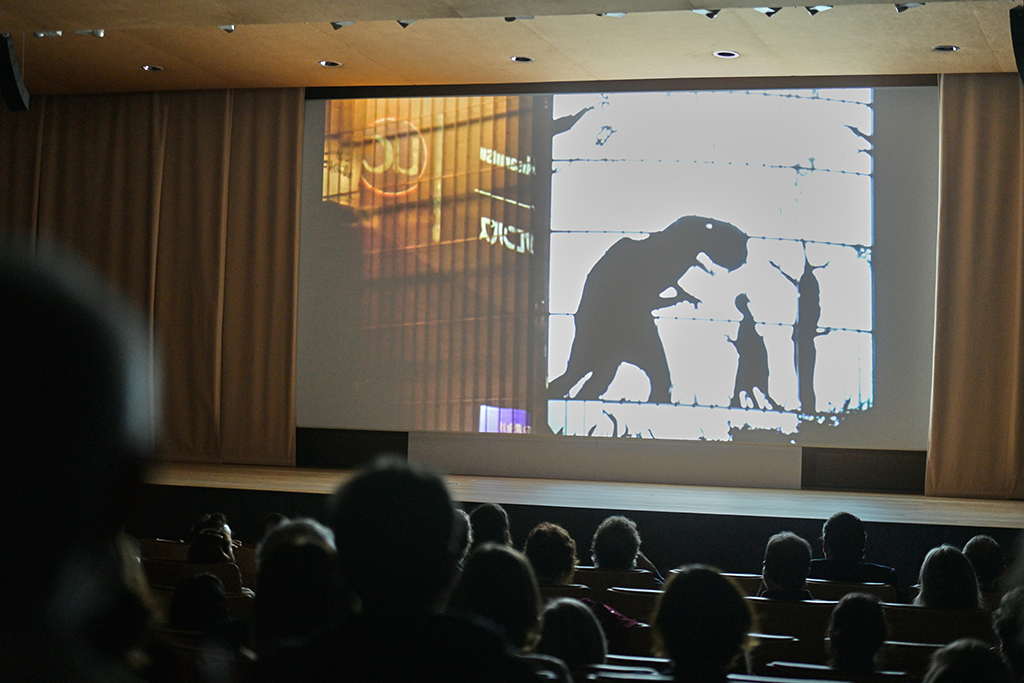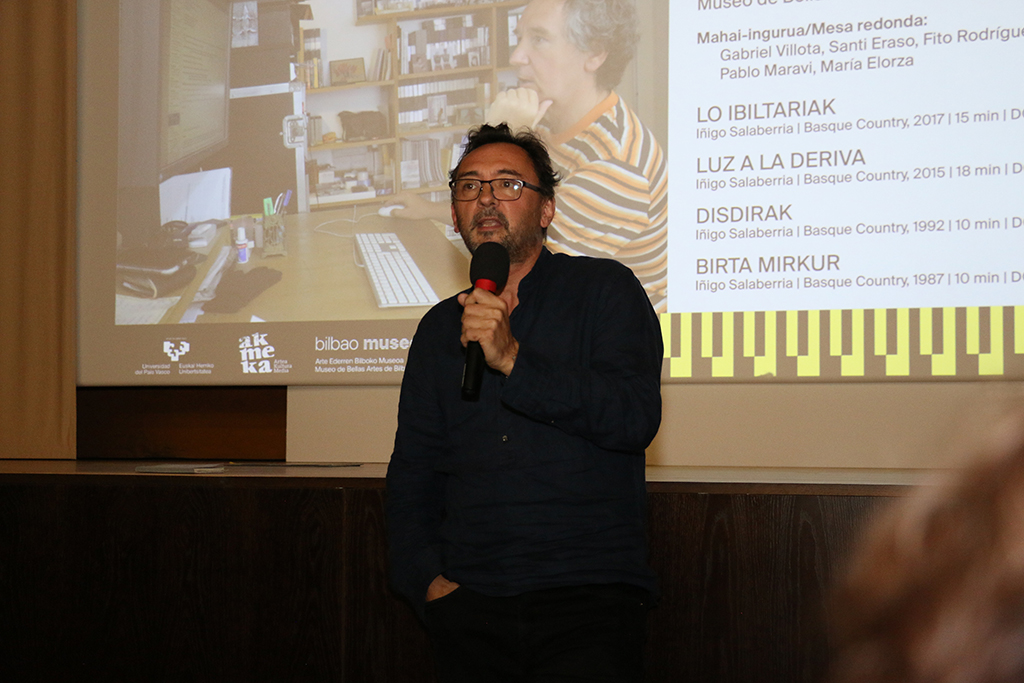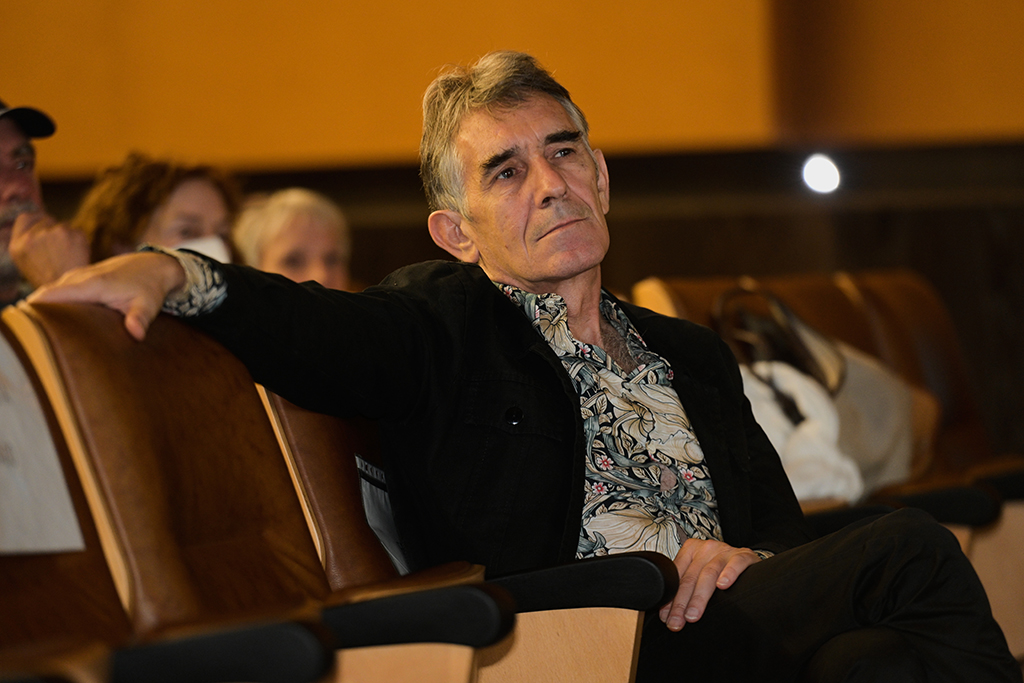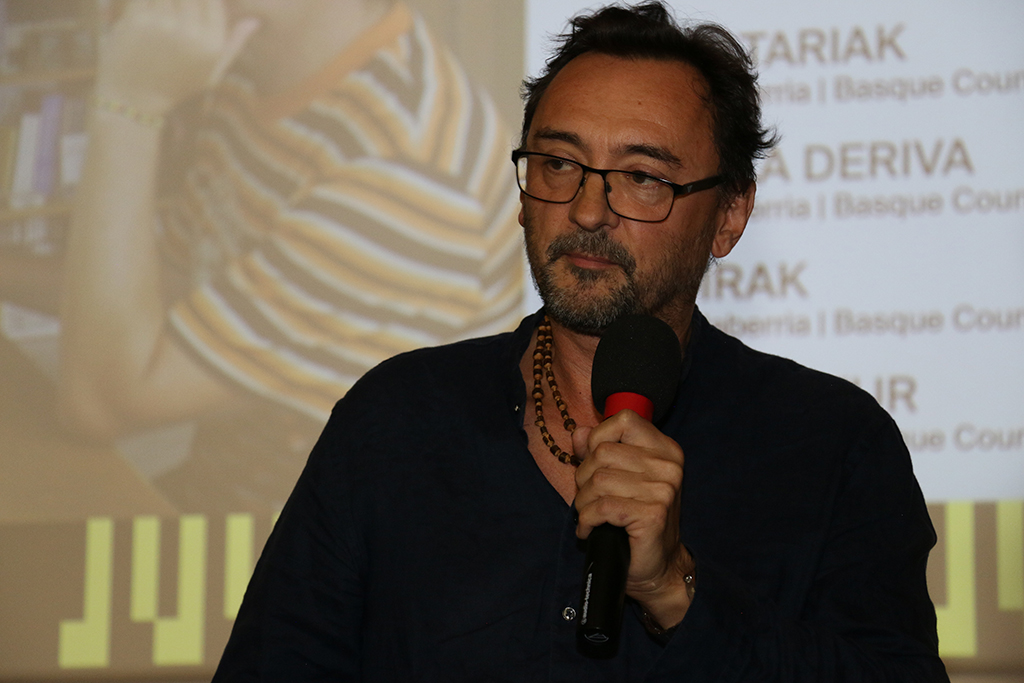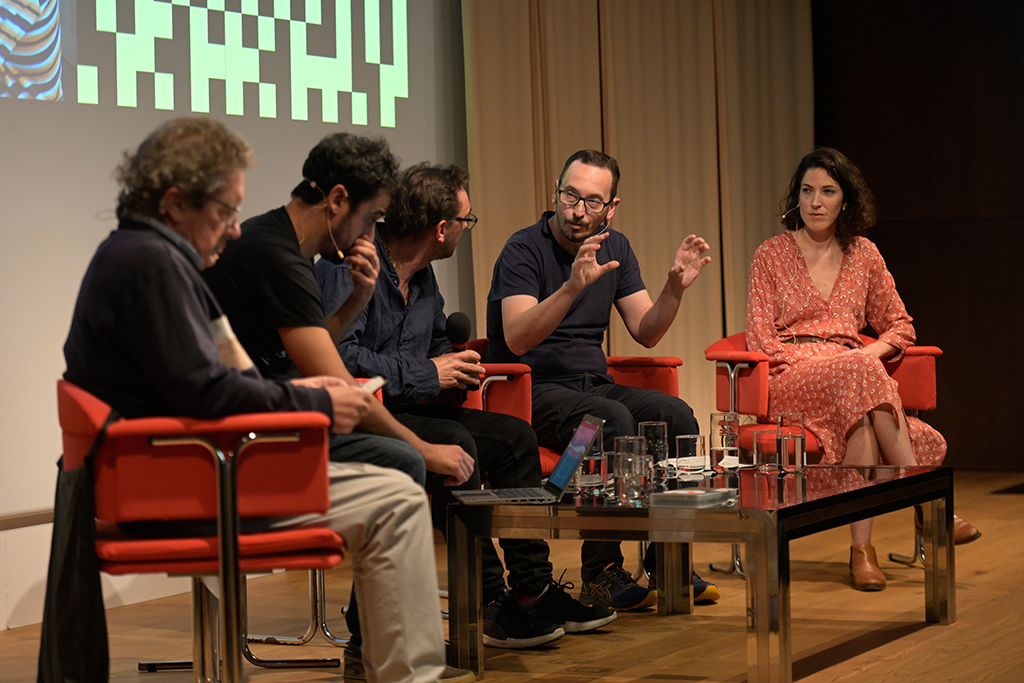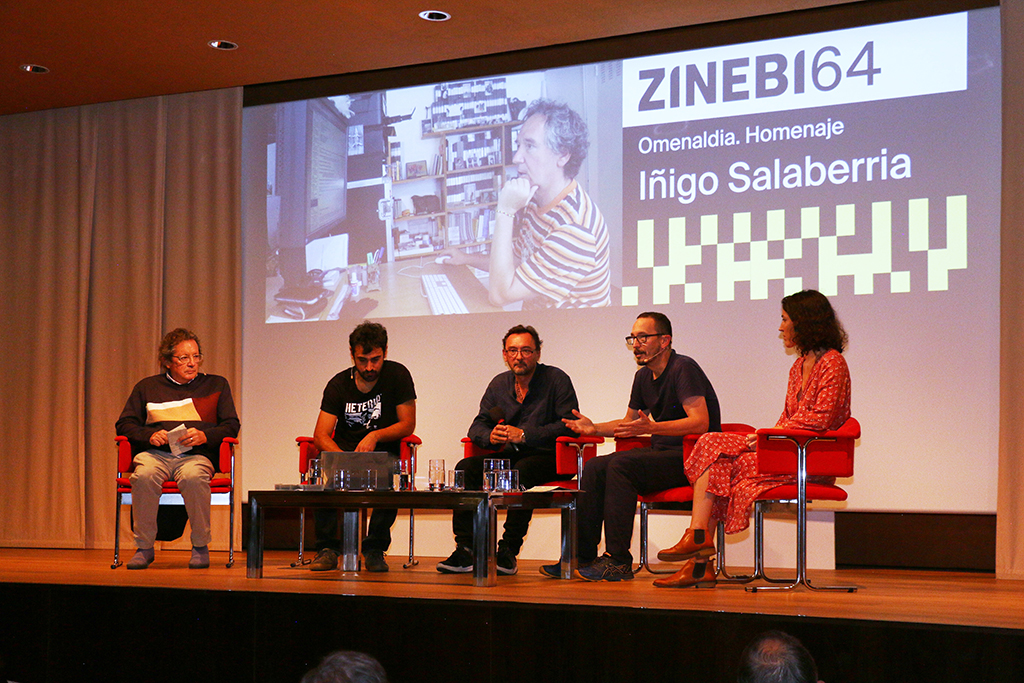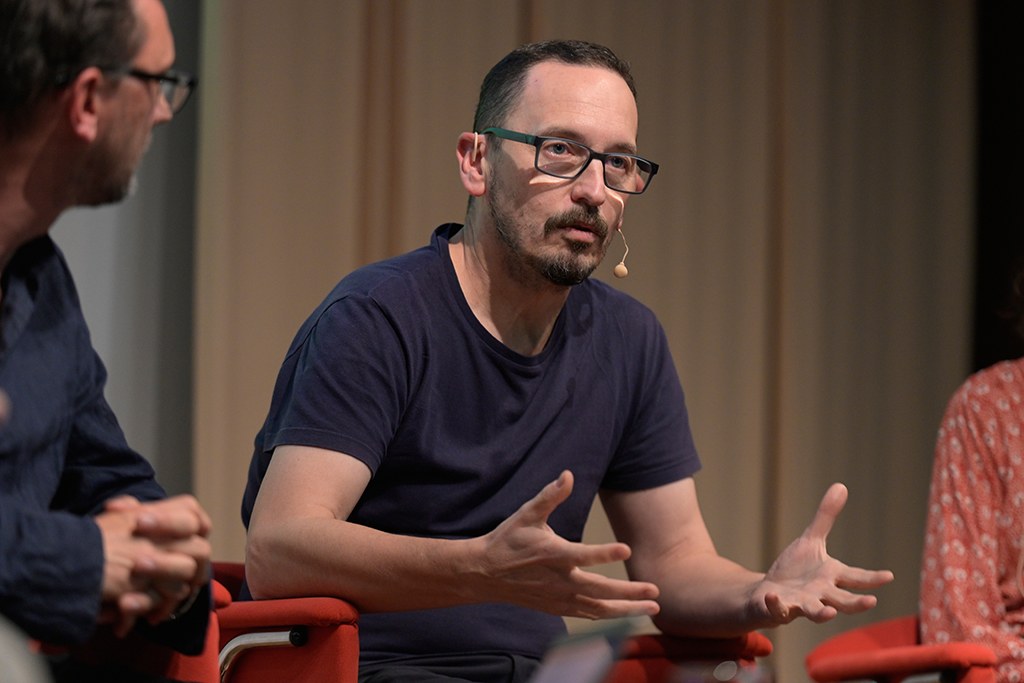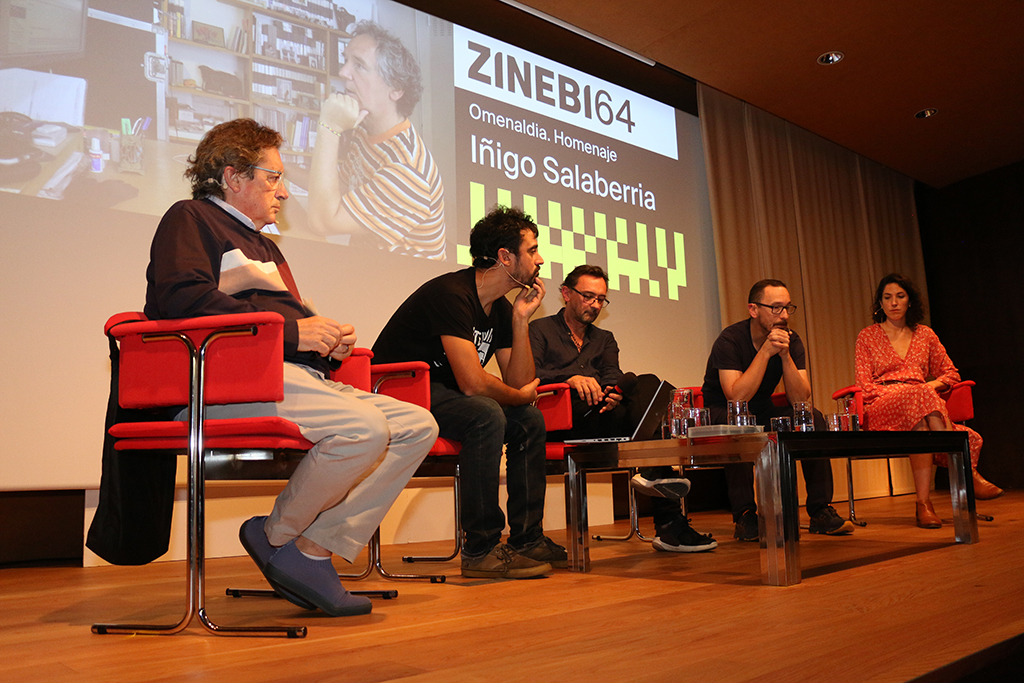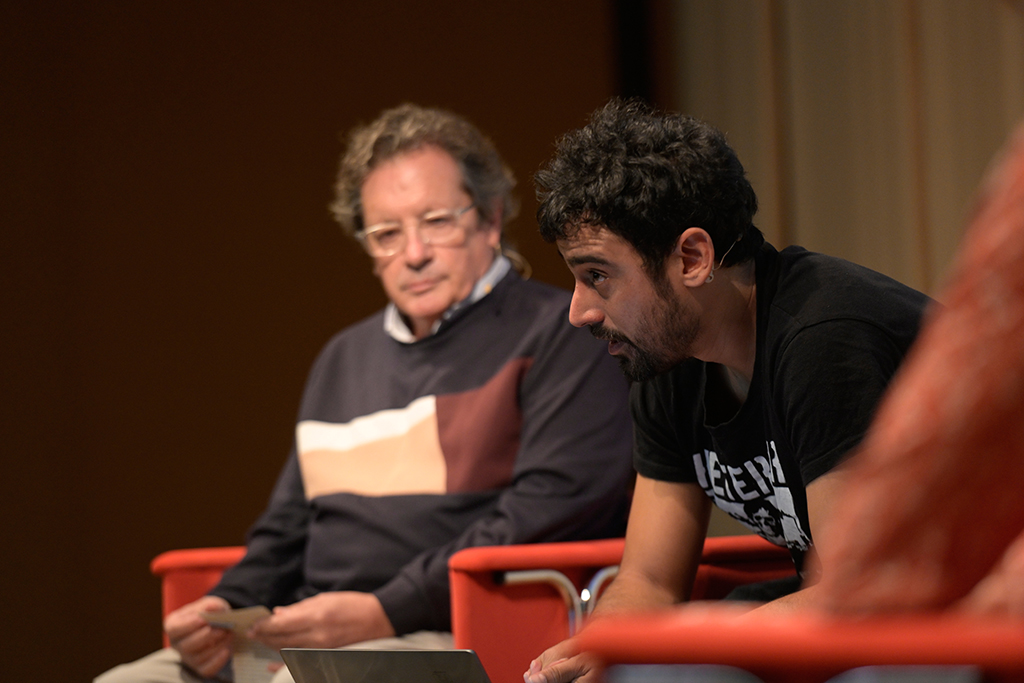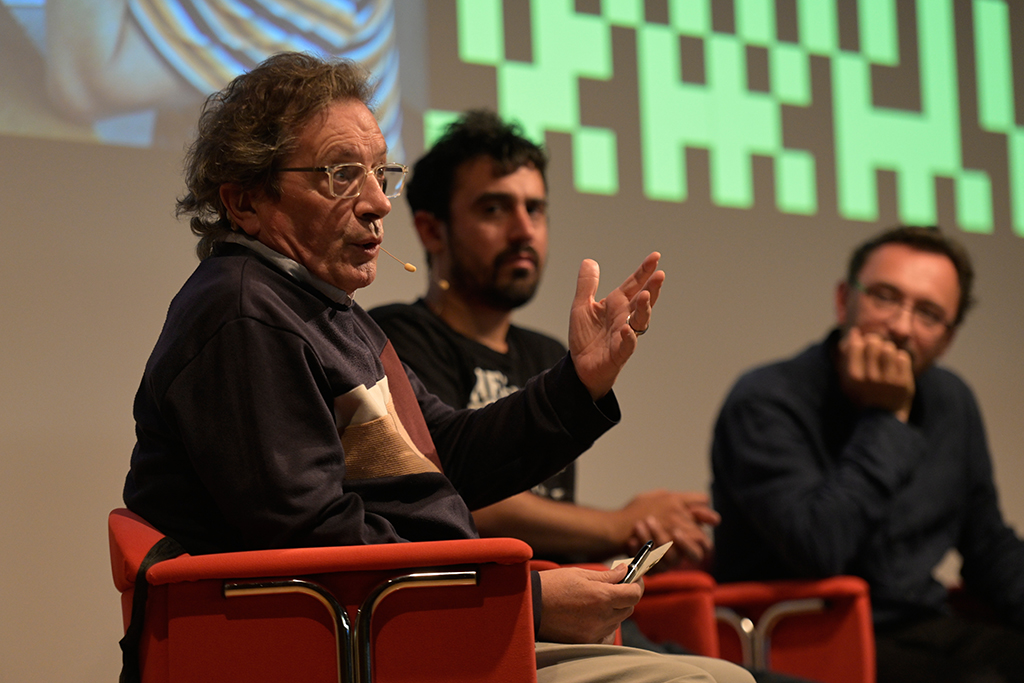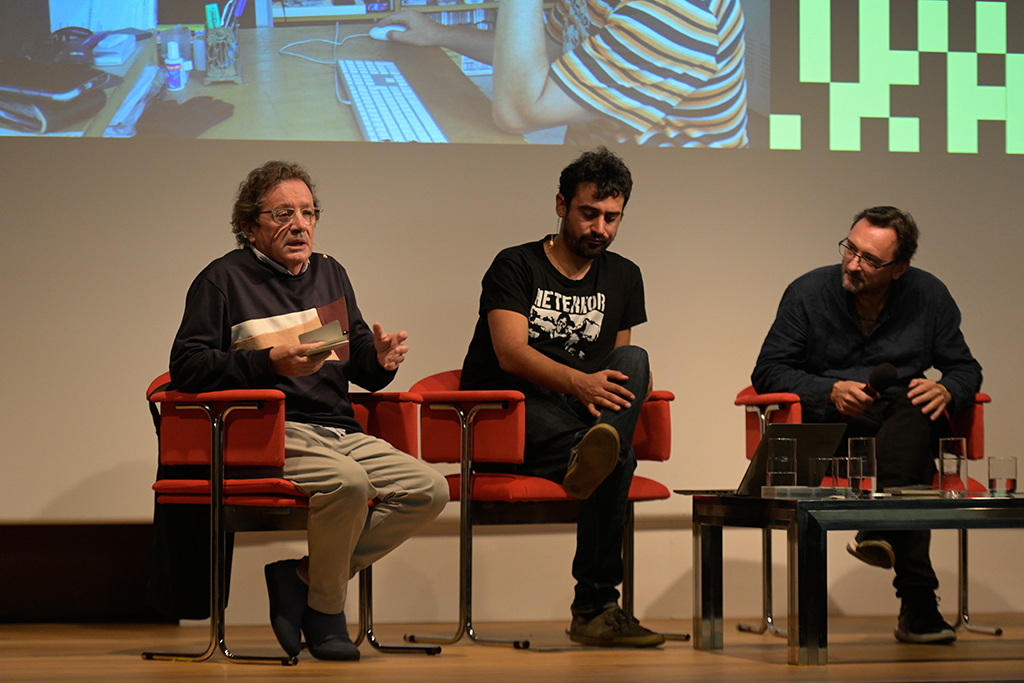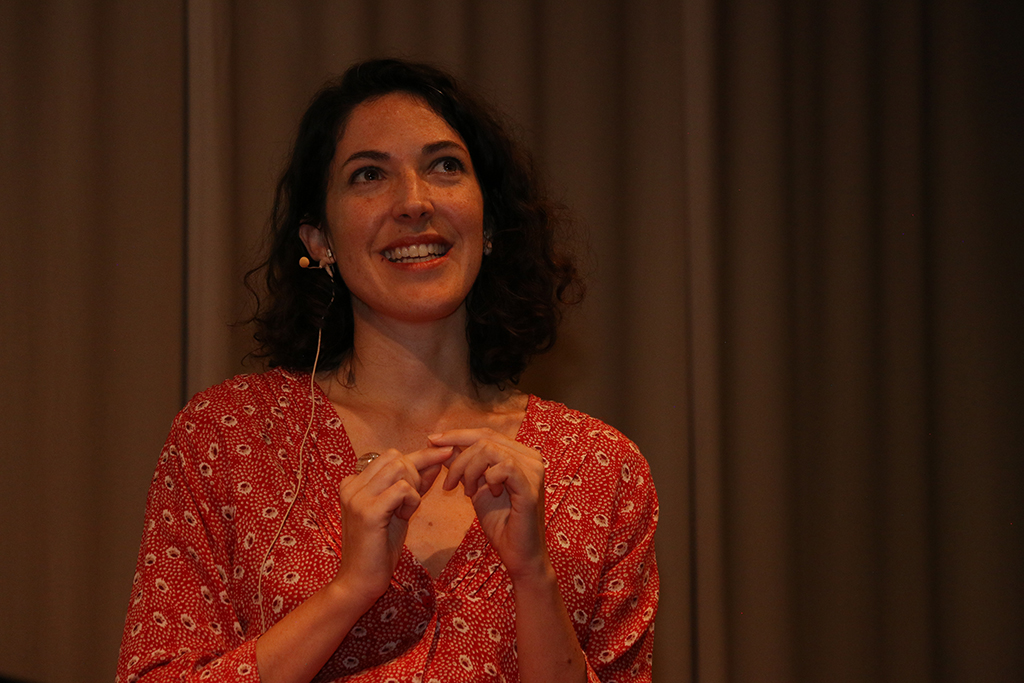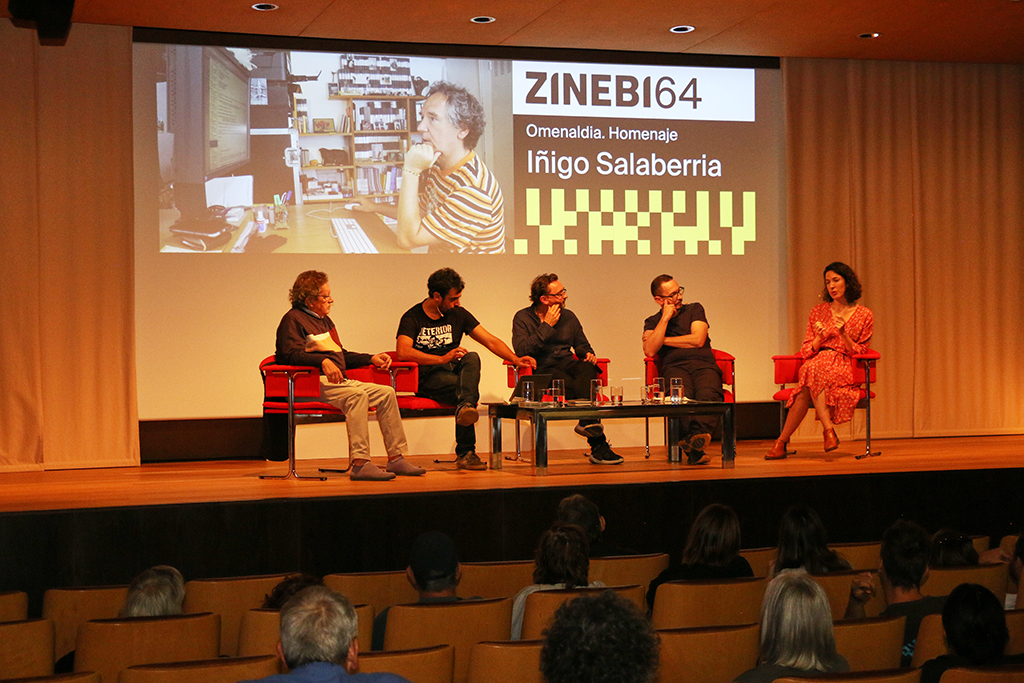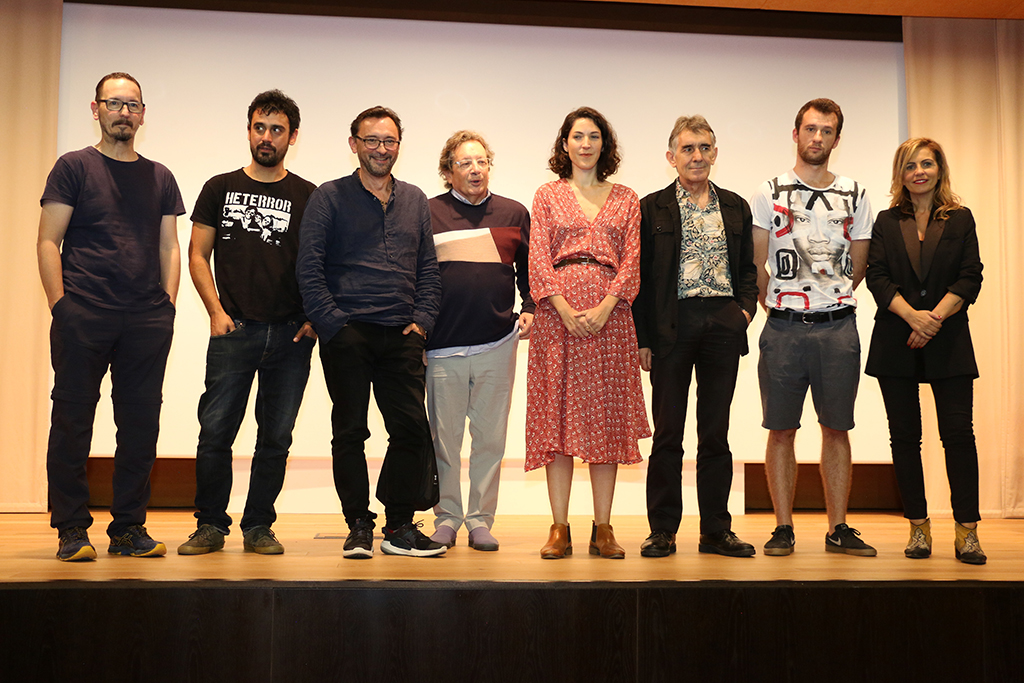WALK TO SEE (THE LIGHT), WAIT TO SEE (THE SHADOW)
ABOUT THE WORK OF IÑIGO SALABERRIA
I remember the emotion the first time I saw footage from the Birta Mirkur video at the Bideoaldia in Tolosa in the late eighties. Those volumes mingling with the thick haze, enveloped in the light streaming in from the north, submerged between the blue of the water and the white of the vapour, instantly captivated me. At once I enquired who was behind this vision; and to my surprise I found it was a local video artist from Donostia (well, from Rentería, actually, as Iñaki Izar corrected me).
During the creation of the “Ars Video” catalogue with Iñaki Izar not long after that, in fact, I met Iñigo Salaberria in person (the artist concerned). Through the affinity of our artistic tastes, we gradually forged a friendship which, though sporadic (as our paths did not frequently cross), burgeoned over the years, every time we met up again here or there, always sharing the same enthusiasm in our discussions of the writers, artists and directors we loved. The last occasions on which we met up were, in fact, during his visits to Bilbao to present some of his latest work at ZINEBI, and also on Itxaso Díaz’s BideOtik programme.
The fact is that Iñigo Salaberria (1961-2022) was one of the leading video artists of his generation, with an intermittent career, which he nevertheless hung tenaciously onto from the eighties to the present day.
After studying Cinematographic Aesthetics and History at the universities of Valladolid and Paris III, his first contact with videoart was in 1984 and 1985 on video courses at the American Center in Paris, where he worked as technical assistant at the workshops of artists as highly acclaimed and influential as Michel Jaffrennou, Joan Logue, William Wegman and Ken Feingold.
A member of Spain’s second videoart generation, Salaberria produced some extremely coherent work, constantly featuring an interest in rolling out a personal, detailed, reflexive gaze, always homing in on perceptive changes, which clearly fell in with the tradition of experimental audiovisual focusing more on the phenomenological aspects of image. From the very outset his audiovisual work proved entirely contemplative: it was chiefly based on an observant, penetrating gaze which sought to go beyond the mere appearance of what is visible. Within the aforementioned coherence, however, if we take a closer look at his work we can pick out a number of subtly diverse contemplations, which together paint the portrait of a polyhedric, complex artist.
During interviews staged in the context of audiovisual programming such as BideOtik at the Azkuna Zentroa (2017) or, as already mentioned, during the presentation of some of his most recent works at ZINEBI – International Festival of Documentary and Short Film of Bilbao (2015, 2017, 2019), on numerous occasions Salaberria explained the objectives and the preconditions he applied to some of his most emblematic works, such as Birta Mirkur (1987), Sombras de cal (1990) or Lo ibiltariak (2017), among many others.
This has led us, as mentioned, to distinguish a typology of different gazes co-existing alongside each other in his work, and also to perceive a certain kind of evolution that gradually transformed them on the basis of relations with the technical development of cameras and editing systems, on the one hand, but on the other also in relation to his own gradual acquisition of the stylistic and narrative rudiments of the audiovisual language that interested him most.
span style=”font-weight: 400;”>Thus in chronological contemplation of his works, the viewer can perceive the transformation and development of a gaze which at the outset almost operates on the premise of impressionist painting (in works such as Quai de Javel [1984], Caliza [1985] or Disdirak [1992]), subsequently moves on to a more complex observation which oscillates between that of the romantic traveller and that of the experimental ethnographer, in works such as La noche navegable (1993) or Benarés-Sanganer (1999), and eventually finds identification in the figure of the lone hunter, or the sniper lurking in the night, in works making up what he himself called his “Nocturnal trilogy”, comprising Las horas contadas (2010), filmed in China; Luz a la deriva (2015), in Iceland, and Lo ibiltariak, in Japan. This all culminated in Rijeka (2019), his last complete work, which was shot in Croatia. But it is also worthwhile mentioning the conclusive role of the final compilation of images from his old Super-8 shoots which, by way of a visual testament, was co-produced recently by director María Elorza, entitled On the Water’s Edge: Filmworks 1984-1988 (2022).
It was precisely in the last years, more or less after 2010, that we rejoiced in his return to directing following a long decade during which we had lost track of him: and it was wonderful to see the way in which his gaze had developed: even clearer, even more serene. Iñigo liked to walk around in no particular direction, waiting to see: but without searching. Allowing a gaze to fall. This would happen during the walk, sometimes; many other times at a standstill. Because Iñigo was capable of sitting down, and waiting. Letting his body soak up the shadow. To see the light.
Gabriel Villota ToyosProfessor and researcher at the University of the Basque Country (UPV/EHU)


